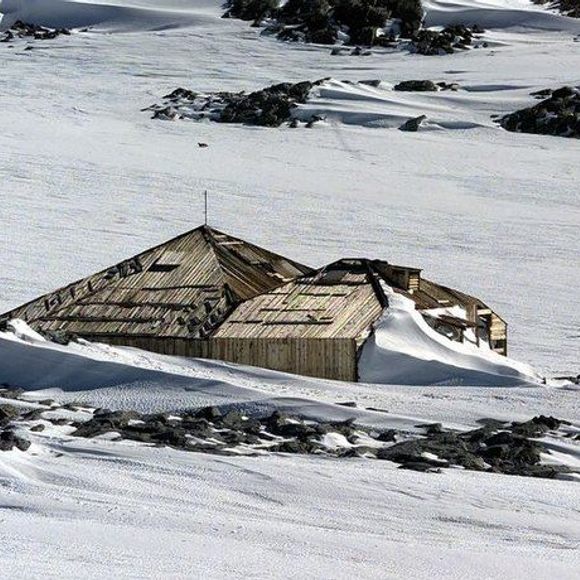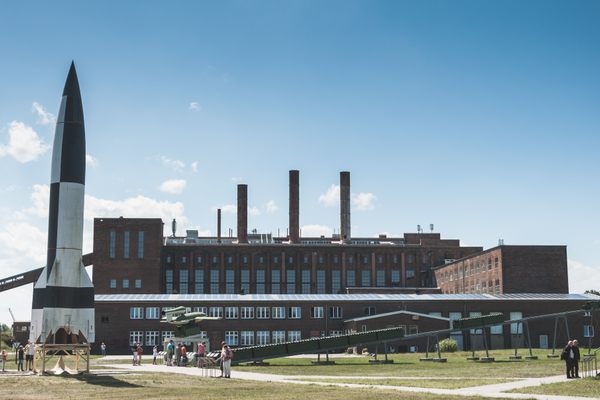AO Edited
Mawson's Huts
These abandoned huts still hold the remains of an early 20th century Australian researcher's work.
Sitting on the edge of Cape Denison in Antarctica is a small group of huts that were built by Australian antarctic explorer Douglas Mawson in the early 20th century. However, they have been abandoned for decades, preserving much of the effects and decor of the original expedition.
Constructed between 1911-1914, the small research station is now known simply as the Mawson Huts. It stands as one of the last outposts left from the so-called Heroic Era of Antarctic Exploration, and the only one created by Australians. Mawson and his team of 17 men, the Australasian Antarctic Expedition, travelled to Commonwealth Bay to conduct experiments on a variety of subjects including continental drift, local wildlife, and glaciation.
Given the harsh climate, life in the huts was miserable. Blizzards and hurricane force winds were the norm, and communication was difficult despite a radio relay that was set up on a nearby island. Mawson would later write of the experience, saying, “Temperatures as low as -28 degrees F. (60 degrees below freezing-point) were experienced in hurricane winds, which blew at a velocity occasionally exceeding one hundred miles per hour. Still, air and low temperatures, or high winds and moderate temperatures, are well enough; but the combination of high winds and low temperatures is difficult to bear.”
When the expedition left the site, they left their huts in place and headed out. The site simply sat in the cold and wind for two decades. They were briefly used in the 1930s, then abandoned once again. A number of the huts succumbed to the harsh winter conditions, but the main hut and the adjoining magnetograph house are still intact, retaining some of the original equipment such as the iron stove.
While reaching Mawson’s Huts is not exactly easy, they remain there for any enterprising explorer interested in paying a visit. They are a protected historic site, so if the weather doesn’t destroy them, they should be there for some time to come.












Follow us on Twitter to get the latest on the world's hidden wonders.
Like us on Facebook to get the latest on the world's hidden wonders.
Follow us on Twitter Like us on Facebook